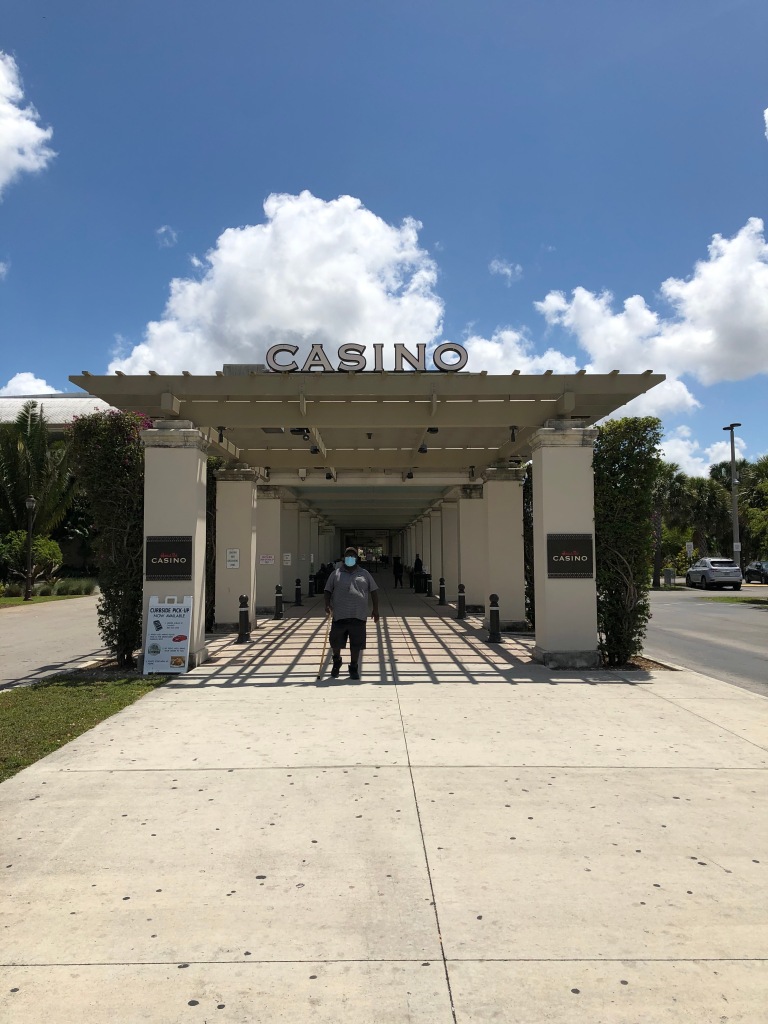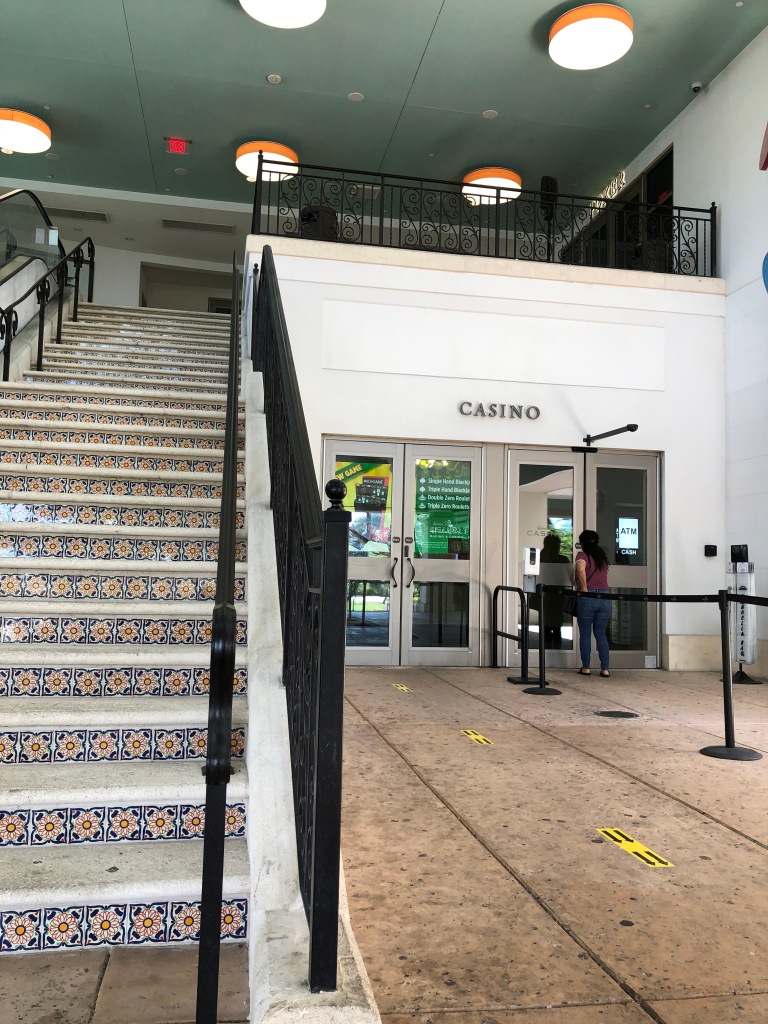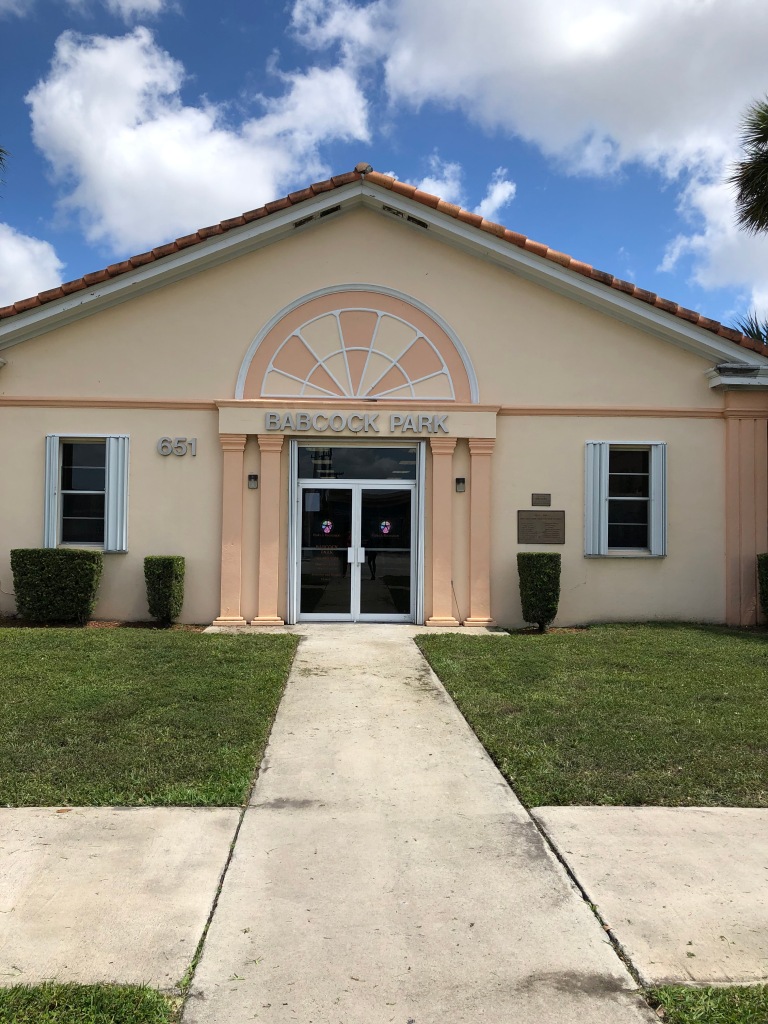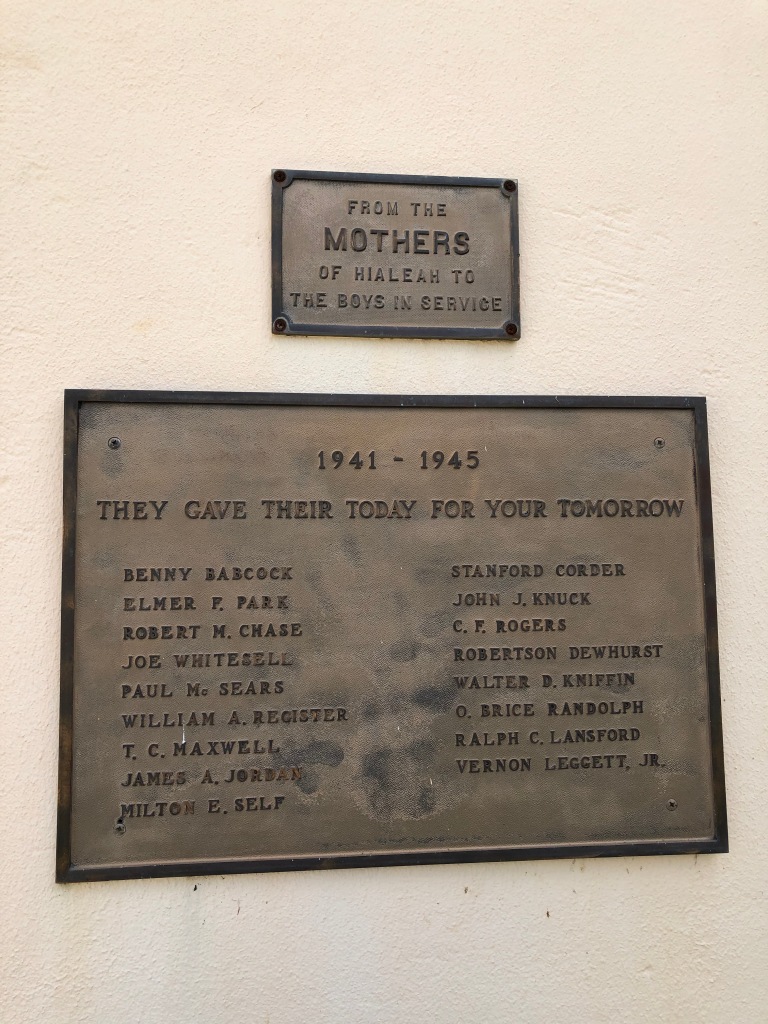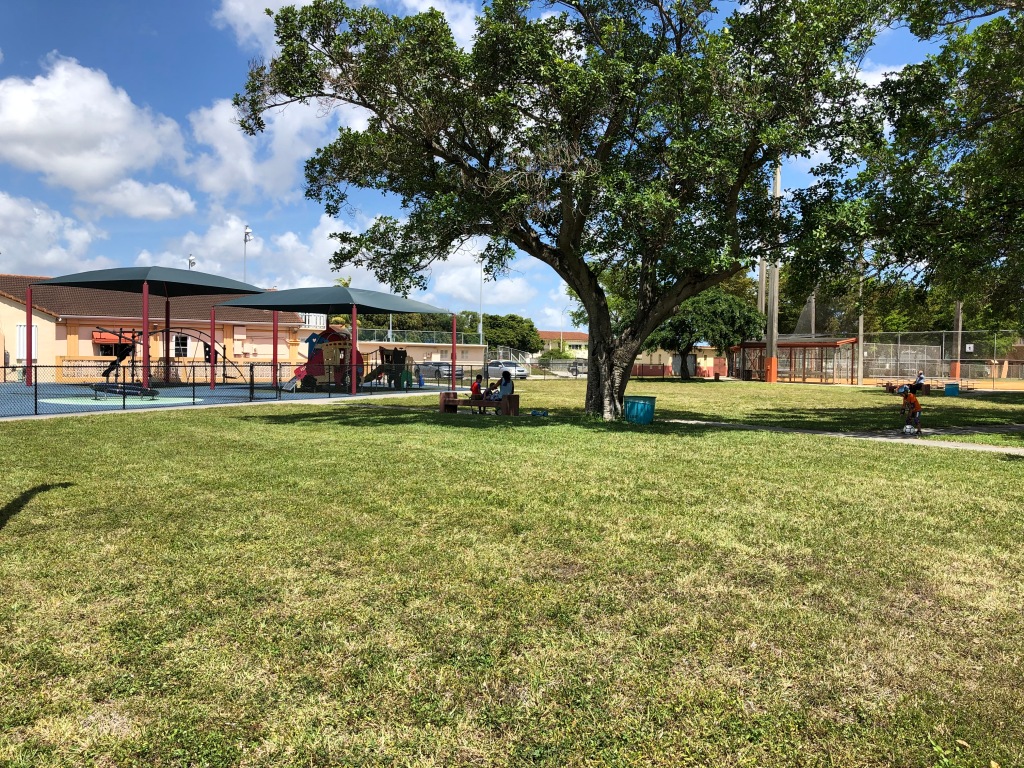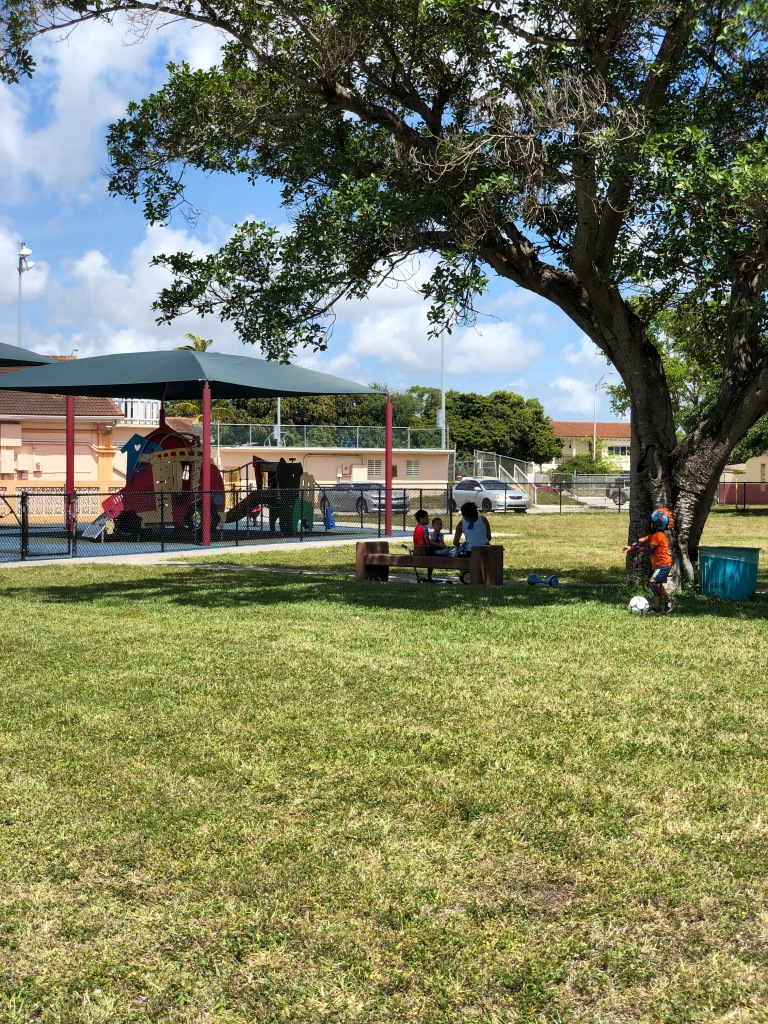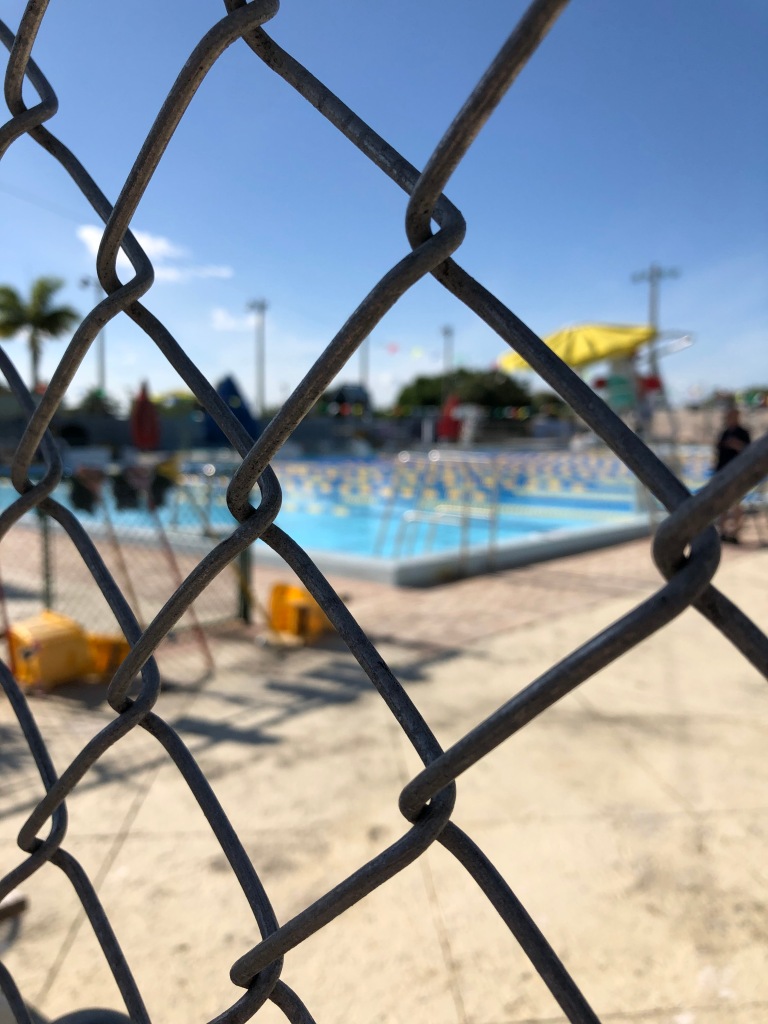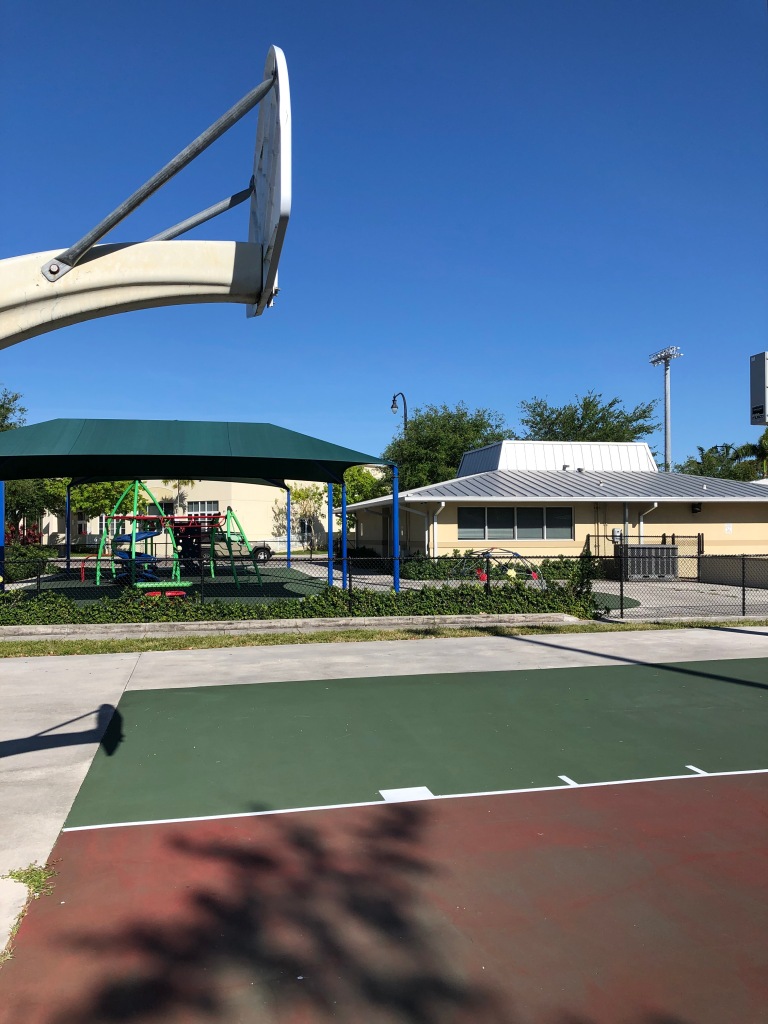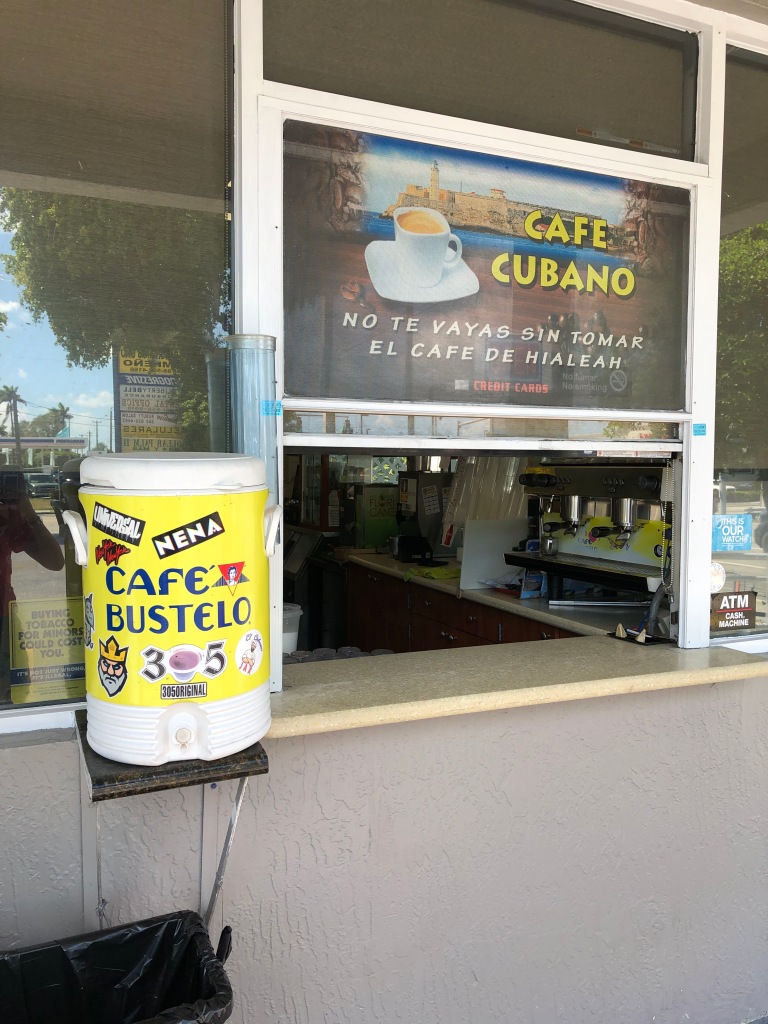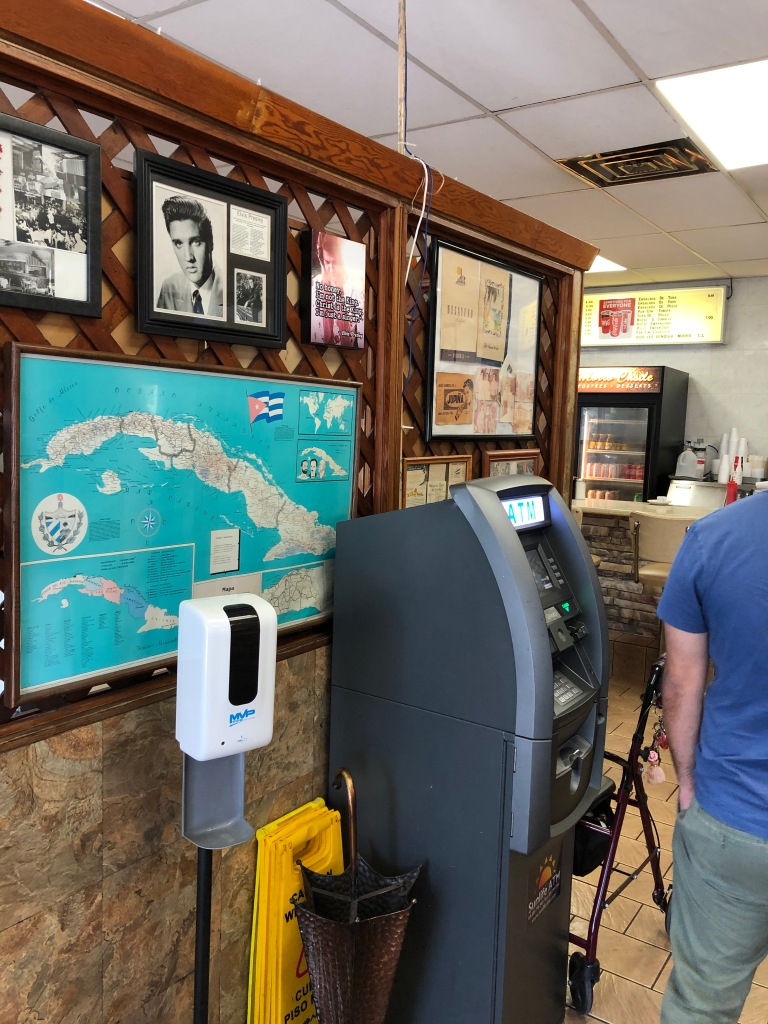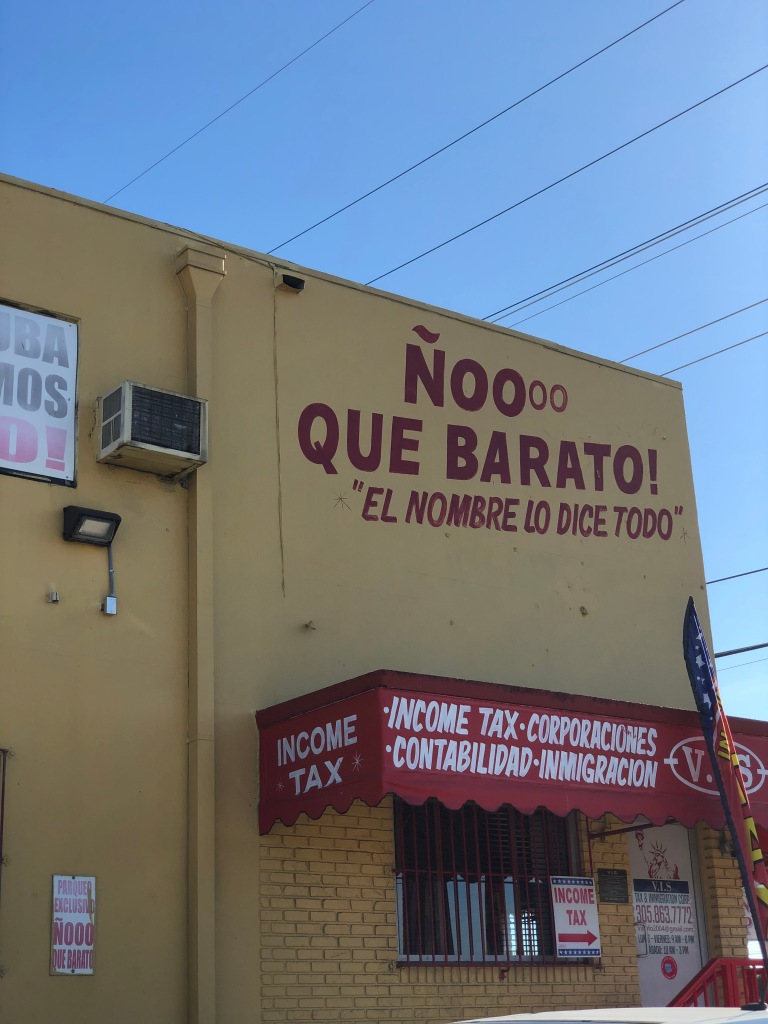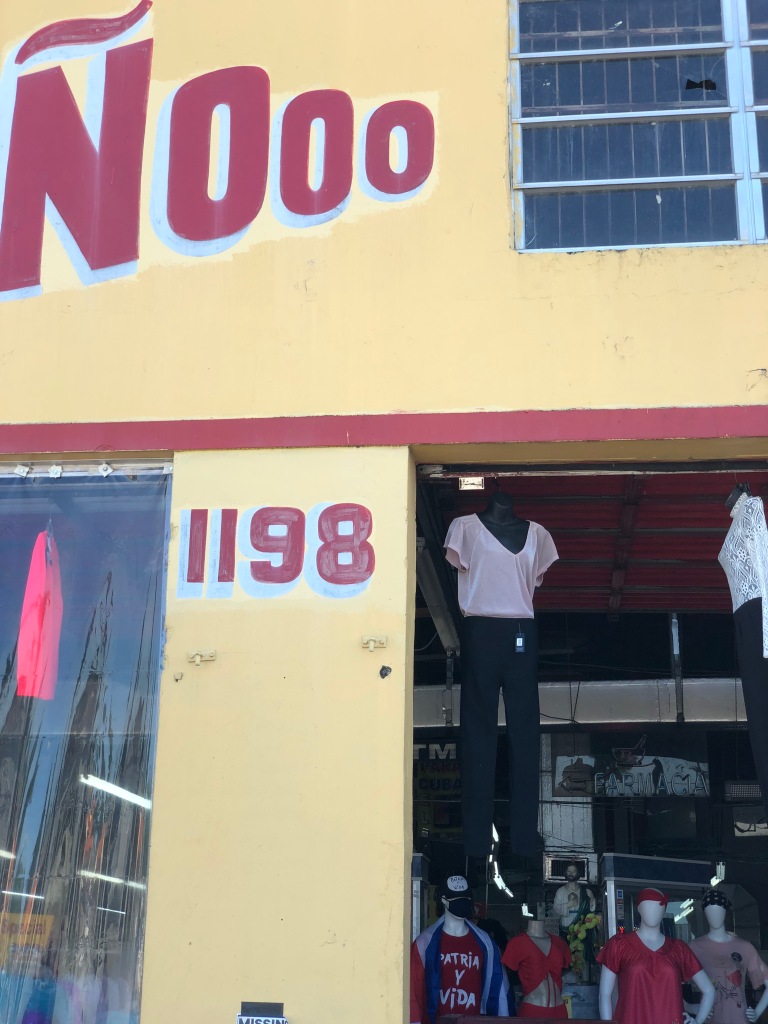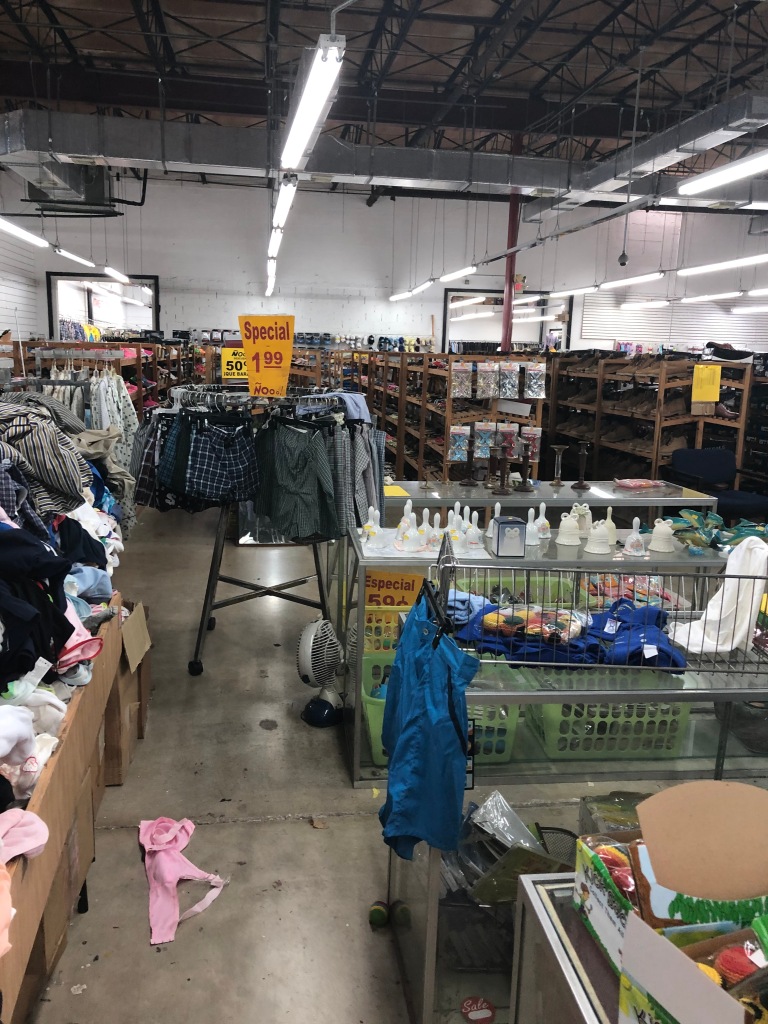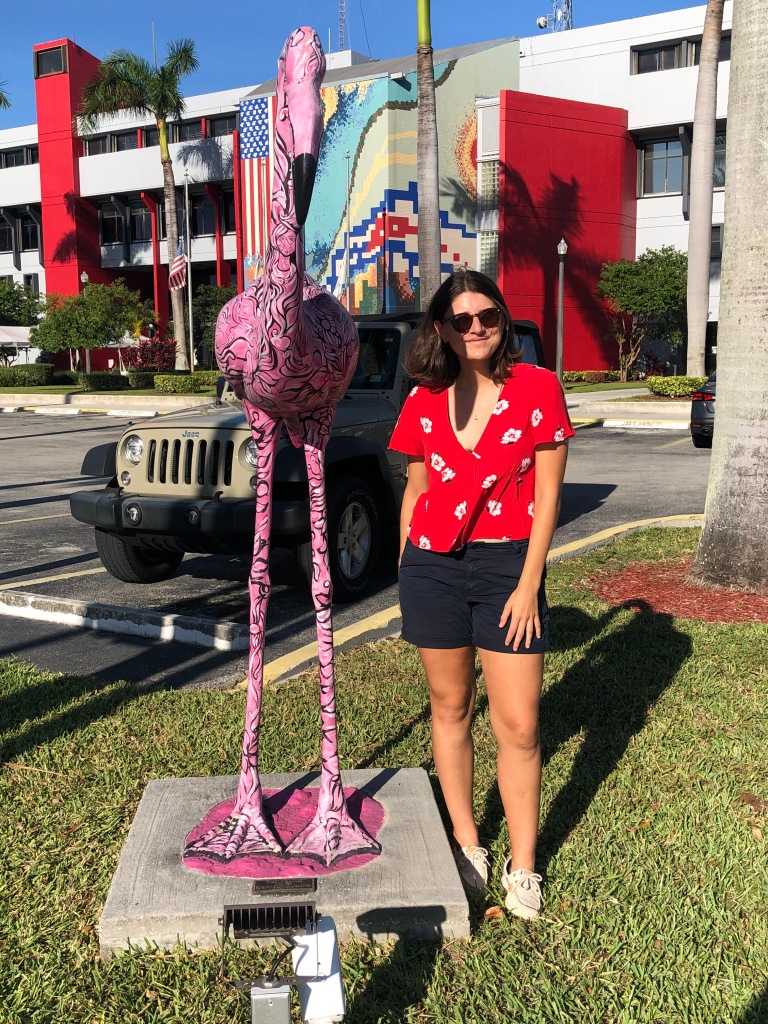
Student Bio
Howdy! My name is Esmeralda Iyescas and I currently am a senior at Florida International University Honors College, majoring in Information Technology. Though I am a STEM major, I love the arts, cuisine, literature, and learning about new cultures. I was born and raised in Miami, Florida but my background is Franco-Nicaraguan. Prior to taking Miami in Miami, I would like to have considered myself as someone who was familiar with their hometown, but I soon realized, there is much of Miami that I took for granted. There is a rich history and many stories that come to life when you uncover Miami’s past. Part of my mission to reconnect with Miami, I chose to learn and research Hialeah since it’s a neighborhood I am not familiar with. Nonetheless, I spent a lot of time in the area to discover its history and beauty.
Geography

Hialeah is also commonly referred to as the “City of Progress” because of the major changes and improvements it has gone through since the 1920s when it was first founded. With this growing city, it is reported by the World Population Review that Hialeah spans over 23 miles, making it the 6th largest city in Florida. Hialeah neighbors Hialeah Gardens and Miami Springs to its left and Miami Lakes, Opa-Locka, West Little River, and Brownsville to its right. Though Hialeah has a multitude of parks in its vicinity, it is primarily an industrial city with a lot of commercial and community centers, as well as small owned businesses. From the 2010 United States Census, Hialeah reported to have 22.3 square miles and about 21.5 of those square miles is land, leaving the rest to be water. Naturally, it would be very difficult for Hialeah to have more areas of water with a city so densely populated and flooded with businesses and areas for industrial work.
Hialeah is a very widespread and densely populated neighborhood with over 10,000 people per square mile. These statistics result in Hialeah being one of the largest neighborhoods in the United States and the biggest in Miami.
History

Though Dade county was founded in 1936 by the famous Major Francis L. Dade, Hialeah only was added to this county in 1925. This decade was crucial to the development of Hialeah because many of the area’s pioneers began developing the city.
Glenn Curtiss was an immensely rich and powerful man who came to Hialeah in the early 1920’s and bought acres of land to help build parks, buildings, and most importantly a racetrack. These implementations helped the city grow but the acquisition of the racetrack would bring Hialeah a lot of monetary funds to help sustain the wealth within the city. Because he was very business savvy, he imported logs into the city which he would then donate to create the first school in the area of Hialeah.
In 1922, Mary Glick, a very influential woman came to Hialeah from Pittsburgh and began by opening the very first restaurant, hotel, and meat market in the neighborhood. Her hotel, Glick Hotel, was the first two story building in Hialeah which was very audacious during that time period. Even though she was not a very educated woman, she had a lot of grit and perseverance that allowed her to acquire properties and continuously contribute to the expansion of Hialeah which we know today.
Similar to Glick, the first Cubans recorded in Hialeah came in the 1930’s and began their business ventures with little education and money. Nonetheless, they were able to found the first cigar company in the city and would be considered one of the “true pioneers”.
In the 1960’s, during Fidel Castro’s revolution, many Cubans fled their homeland and arrived in Miami where they began buying properties in Hialeah. Today, 74% of the population of Hialeah is made up by Cubans. This percentage is equivalent to about 200 thousand people! Much like the Cubans, other Latin and Central American immigrants came to Hialeah escaping communism, civil wars, and violence within their countries. Though Hialeah is known for its high-density Cuban population, Hialeah houses a large number of Nicaraguan and Colombian citizens.
As much as Hialeah is often overlooked, this city represents a place of ‘home’ for these people who fled their homelands in hopes for a better future. These are the kinds of people who helped pioneer the city and allowed it blossom into the magnificently diverse city it is today.
Demographics
The demographic recorded for Hialeah reported by Point2homes, 23% of the population is not US born and 77% of those people are not citizens of the United States. Additionally, StatisticalAtlas reported that over 90% of the population are Hispanic or Latino, leaving the rest to be split between White or Black Americans. Of these Hispanics, 74% are Cubans, making it the neighborhood with the highest percentage of Cuban-Americans in all of the United States. Next, Colombians are the second largest Hispanic community in Hialeah. Leaving Dominicans, Hondurans, and Nicaraguans make up the rest of the Hispanic communities that are found in the neighborhood. Consequentially, Hialeah is the neighborhood with the largest Non-White Population in all of Miami.
Hialeah has a significantly higher female to male ratio, especially from the 50 to 85+ age cohorts. The neighborhood is also primarily made of older adults, resulting in the median age being 46, in the mid to late 40’s.
Overall, about less than 30% of the population lives below the poverty line, making the median income $35,000 and the average income $49,000. In addition, the education statistics for Hialeah is approximately 63% of citizens having some to no high school education and the next majority having only some college education. Conversely, many of the demographic statistics do not consider the fact that many immigrants had prior education from their countries of origin. These statistics poorly reflect the education level of the residents because many started their own small businesses and other entrepreneurial ventures from prior experience.
Since Hialeah is the most densely populated neighborhood in Miami, the primary mode of transportation is by car. This accurately justifies the large conglomeration of people and heavy congestion in the streets of the neighborhood.
Interview with Hialeah Resident:
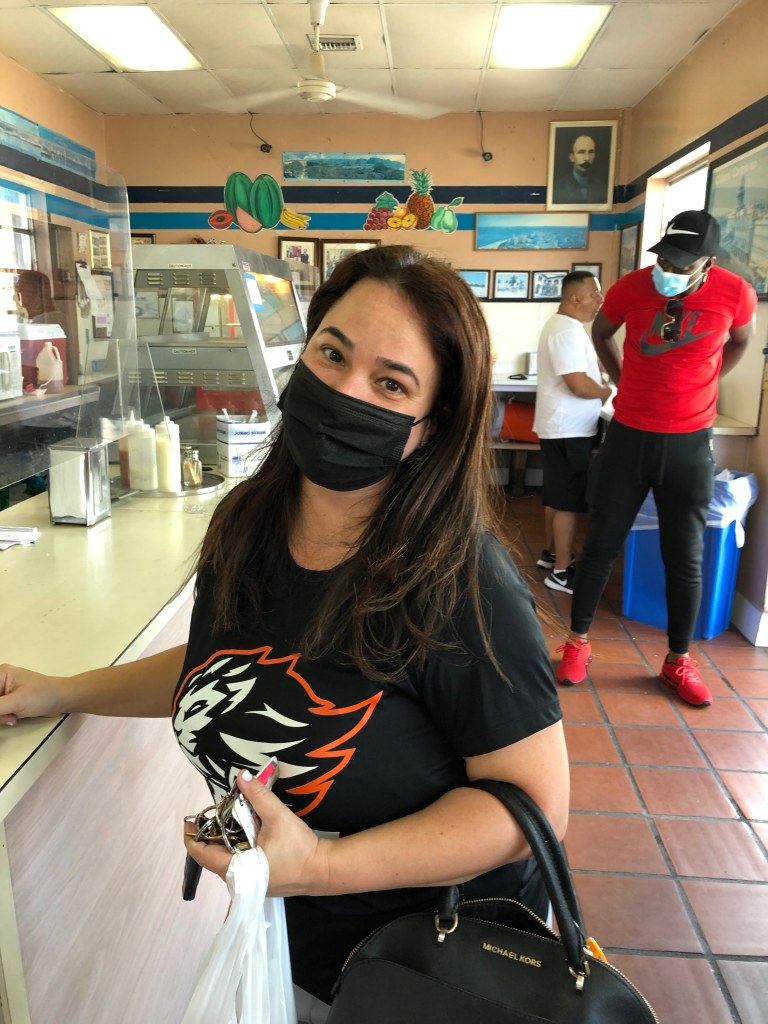
Adriana is woman who was born and raised in Hialeah. She currently resides in the area Hialeah for about 40 years. I was able to interview her while we were waiting for our orders from the S & N Vegetable “ventanita” cafe.
E: Can you please give me a small introduction of yourself?
A: Hi, my name is Adriana. I am a Cuban-American in my mid 40s and have been born and raised in Hialeah.
E: What brought you to Hialeah?
A: My parents and grandparents were the first to come here on the Mariel Boatlift in the 80’s. They came escaping Cuba’s political oppressions.
E: Favorite thing about living in Hialeah?
A: I love the sense of community and culture we have in this city. We take care of each other and are always trying to better the city. This city is so friendly and welcoming to others.
E: Something you feel can be improved about Hialeah?
A: The local government, nonetheless, we are working on it as a community to make sure that local government take care of the residents of the area.
E: Any final thoughts or comments you would like to share?
A: I love Hialeah! This is my home, and it is a great place to raise a family. The local people are so loving and caring of each other. Hialeah is also a great place to start a business because this city is built on people fulfilling dreams and creating mom and pop shops.
Landmarks
Entrada Plaza Park

Hialeah’s Entrance Park is also known as the ‘Fountain of Hialeah’ because of the grandiose fountain that sits in front of the building. The landmark as a whole was created to welcome all who come and visit the great city of Hialeah. In the 1980s and 90s, the building stood alone and was made of coral. In 2005, The local government passed a 411-thousand-dollar budget for the restoration project that would renovate the façade of the building. The building was changed to look more Mediterranean in order to match the Hialeah’s theme of Mediterranean Revival which was used in founding Hialeah during the 1920s.
I personally think that the flamingo on the fountain in addition to the Mediterranean revival style architecture is a beautiful landmark. It stands out and welcomes who enter the remarkable city of Hialeah.
Hialeah Park Racing & Casino
During 1926, a devastating hurricane swept the land of Hialeah and destroyed much of the work and infrastructure that Glick and Curtiss helped build. Later in 1931, one of the wealthiest families in America at the time, the Wideners, bought the destroyed racetrack Curtiss had built and reestablished the Hialeah Park we know today. Joseph Widener built the horse racing park using Mediterranean revival architecture styles and implementing the grandiose European staircase. Since he loved the sunny winters of Florida, he added Royal palm trees and flamingos to give it an exotic and tropical feel. This creation attracted a lot of attention from celebrities around the world and helped the city establish a reputation of wealth and fame.
Joseph Widener brough over 2,000 works of art, that included Rembrandt, Vermeer, Renoir, Monet, and more. Unfortunately, masterpieces are now housed in the National Gallery of Art in Washington, D.C.
The Hialeah Park lost much of its traction during the early 2000’s. This led the park to face great financial difficulties, but in 2009, the Hialeah Park was given a large sum of money to invest towards a restoration project. This project used a significant amount of the budget to implement a Casino which would render it to be very financially useful.
The Hialeah Park Racing & Casino is significantly bigger in person! I was surprised by how well kept the whole area was considering the vast number of acres is owned by the park and how big the casino is. The casino itself is truly magnificent because of the European-styled building which is complemented by the grandiose fountain at the entrance. The flora that surrounds is also very admirable because there were various species of plants and flowers that gave the Mediterranean style building a more tropical look. Personally, I think this casino is a must see if anyone visits Hialeah.
JFK Public Library
The JFK Public Library first opened its doors to the Hialeah residents during July of 1965. The reason for being constructed was because the Hialeah population was rapidly increasing; There was only one library, but it was being outgrown by the city. This library was created by a group of women in the 20’s that wanted to start their own book club. These women saw the value of having an institution that would offer book collections, host civic events, and encouragement of furthering their education in culture, arts, and a plethora of other subjects to the local residents.
The official creation of the building was when the first local library, Lua A. Curtiss Public Library, became much too small to serve the entire community. This resulted in the women wanting a dedicated building for the ever-growing committee of Hialeah. Luckily, they were able to restore a water tower and fire station in order to turn it into the JFK Public Library we know today.
Though JFK Public Library was not the first one built in the city, it is now considered to be the only central branch, making it so that the others are only e-libraries. It has been the governing branch since 1965, during its inaugural welcome to the neighborhood.
One thing I personally love and admire about this public library are the murals that were added to the building during 2015-2017. I find that the murals add a lot of personality and vibrancy to the building, permitting it to stand out and admire it whenever you drive by it.
Green
Amelia Earhart Park
Amelia Earhart park is easily one of the largest parks in South Florida. The park has over 500 acres of land, 90 acres of lake, and 8 miles of mountain bike trials. With this much space, the park offers amenities and activities of all types for every age group to enjoy, which is unlike any park in Miami. The park offers water activities such as wakeboarding, paddle boarding, wake surfing, waterskiing, and more. For children, they have a gigantic playground and an animal farm where they can interact with all sorts of animals in a safe and controlled environment. The park also has a designated area reserved for dogs and their owners to enjoy called the “Bark Park”. The park is extensive, and the list could go on and on of activities for the public to enjoy.
The park used to once pertain to the Naval Air Force Station in the early 1900s. Once the Naval Station was no longer in use, the park was transformed into the Miami-Opa Locka Executive Airport. Since the Naval Air Station had an extensive amount of land, it was perfect for an Airport to be built. Several leaders from the community fought for part of the property. Their efforts were not fruitless because the Naval Air Station decided to donate half of the park to the city in order for a park to be built.
Amelia Earhart was a famous female aviator who attempted to fly around the world. During 1937, she departed from Miami-Opa Locka Airport as her second and final attempt to fly around the world. In memory of her courageous and adventurous attempt, the park for the land was named after her in 1947. But the park itself officially opened its doors to the public in 1980.
I would have to say that this park is by far one of the best parks I have ever visited! I am an avid park-goer and love the outdoors, so seeing everything this park had to offer was so crazy. If i lived closer to the area of Hialeah, I would definitely spend a lot of time at Amelia Earhart Park, but unfortunately, it is quite far from my place of residence. Nonetheless, I do highly recommend everyone to at least visit the park at least once because you truly will not be disappointed since they have something for everyone.
Babcock Park
Babcock Park was originally named Hunter Lyon park. Hunter Lyon was a very wealthy and influential man who had connections with Joseph Widener, the current owner of the race track at the time. Being the influential man that he was, Lyon founded one of the oldest community centers and parks in Hialeah in 1938. Later, the park was renamed Babcock because of a young marine named Benny Babcock who lost his life serving our country during World War II. The City of Hialeah made the change in 1940 and created a plaque that would commemorate all local residents who enlisted and were valiantly killed in action.
Babcock park is particularly important to the Hialeah community because they were the first to implement a public swimming pool and now offer 7 baseball fields and tennis, racquetball, and basketball courts. Additionally, Babcock Park hosted many of the local school graduation and dances, as well as other types of personal ceremonies for the community since it is at the epicenter of Hialeah.
Milander Park
Milander Park was named after a Henry Milander who came to Hialeah in 1924 from Pennsylvania. When he arrived, he found Hialeah to be a land full of potential since it was all mostly farmland and empty land with a few thousand residents. After the infamous 1926 Hurricane, he opened up a small butcher shop and was known to generous by feeding the impoverished locals. Since he was creating this image for himself, in 1935, he ran for public office as Mayor of Hialeah. He would win 15 consecutive terms and be known as “The People’s Mayor” for all of his efforts to help Hialeah flourish.
Milander Park officially opened in 2013 and was named after Henry Milander since his beneficial impact on Hialeah. He also opened one of the largest Municipal Pools in 1959, which is still present today. The park offers a lot of amenities to the public but is particularly known for their football Stadium.
The park may not offer as many amenities as Amelia Earhart, but their football stadium, basketball fields, and indoor recreational center is astonishing. The entire vicinity is well kept and have round the clock employees making sure the park and its maintenance is up to standards.
Transportation
Miami is known to have a serious transportation issue due to the density of the city. In almost every neighborhood, throughout most of the day, the traffic is extremely heavy and the congestion within the streets is a literal nightmare. As previously mentioned throughout the report, Hialeah is the densest neighborhood in Miami, therefore, the traffic is particularly worse here. Hialeah unfortunately carries a bad reputation due to the poor drivers and the heavy congestion. The heavy traffic congestion is a result from poor public transportation.
Personal motorized vehicles

Based on the statistics from Point2homes, over 94% of the residents in Hialeah rely on their cars as their primary method of transportation. Since almost all of the locals use their automobiles to get around the city, this causes a lot of traffic on the roads. Obviously, a personal vehicle offers more comfort, convivence, and reliability, but unfortunately, this is detrimental to the circulation issues we face and to the pollution that is emitted in the air.
When considering how widespread and large the city of Hialeah is compared to other neighborhoods in Miami, public transportation is not ideal for commuters because of the limited methods and stops available.
Metrobus
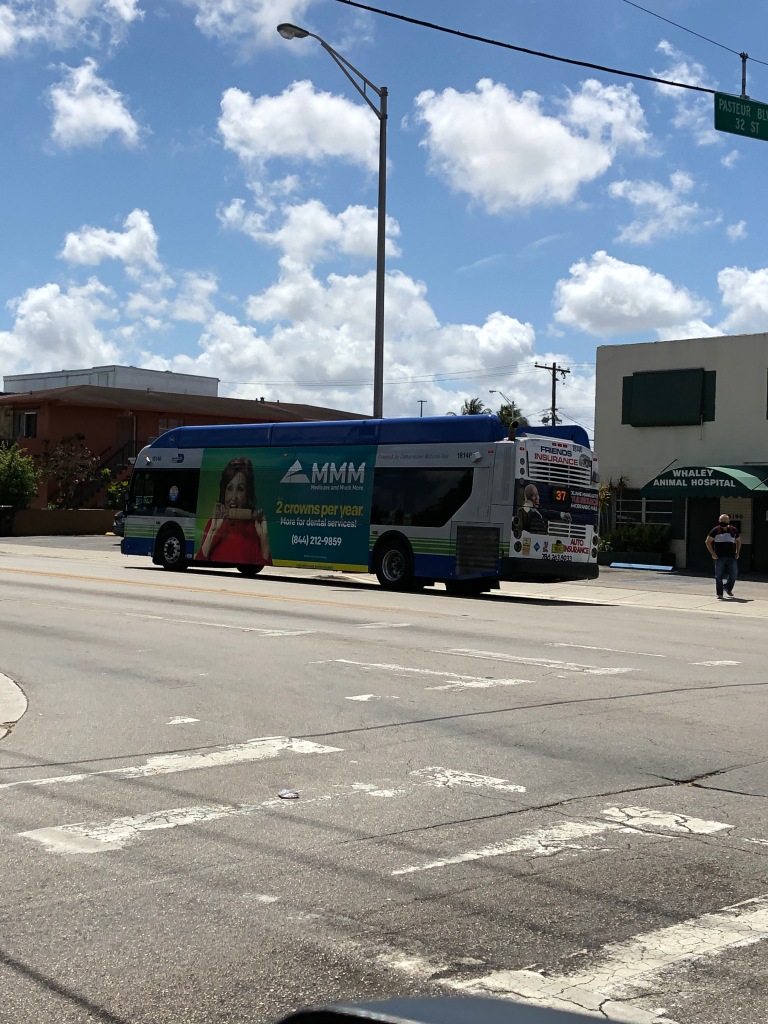
The next popular means of transportation is bus. In Hialeah, a little more than 1% of the population relies on the public bus for transportation which is incredibly small. Unfortunately, the demands for public bus in this area is not present and I think is primarily due to the large concentration of people who prefer to commute via personal automobiles. It is important to mention that these statistics are not unusual because Miami is not known for having a reliable method of public transportation. Nonetheless, comparing these demographic statistics with other neighborhoods in Miami, Hialeah has a higher percentage of residents who use public bus.
Bike/ Walking
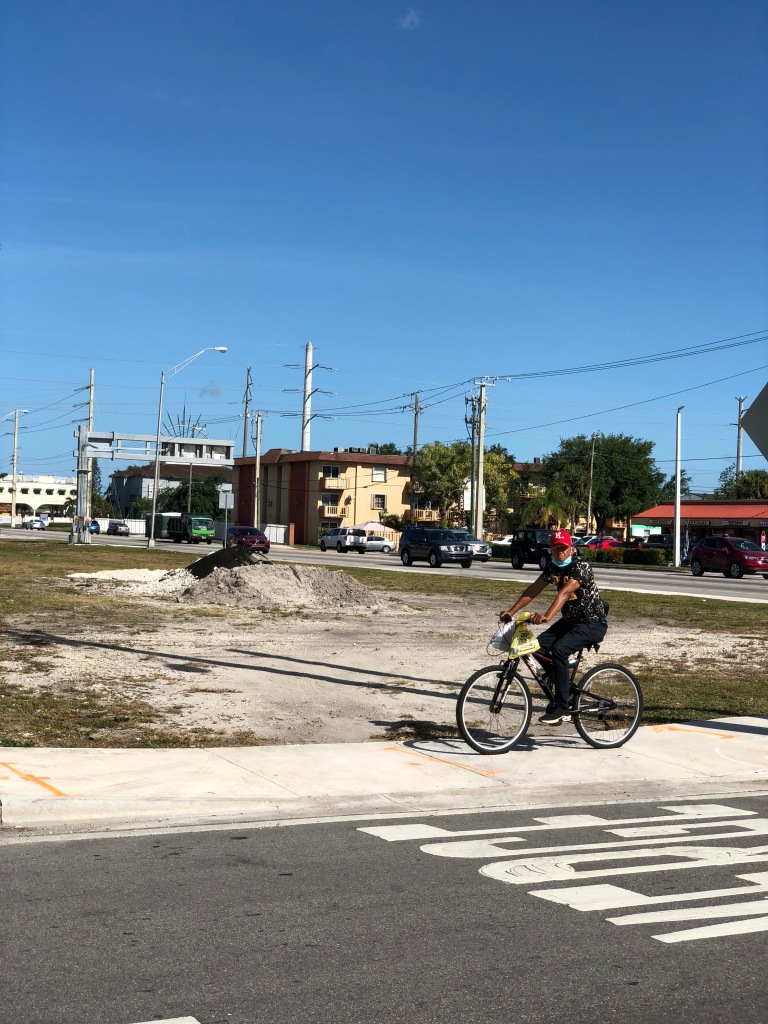
In the City of Hialeah, commuting via. bus and bike or walking are approximately equivalent. I happened to notice that there were a lot more bike riders than pedestrians. However, with the Florida heat and the sun blaring most of the year, it is completely reasonable to not have as many pedestrians compared to bikers. In addition, the layout of Hialeah makes it really difficult to commute as a pedestrian or a biker because it is far spread. The small percentage of bikers and pedestrians is ultimately a lack of public transportation in the city.
Eateries
Charlie Ice Cream

Charlie’s Ice Cream is located on 510 Hialeah Dr, which is a very historic strip in Hialeah. Hialeah Dr was filled with shopping centers and businesses during the 40’s and 50’s, which is quite impressive when considering that Miami was still in a development phase during that time. This location was built in 1952 and has gone unchanged since then. For that reason, Charlie’s Ice Cream stands out among the rest of the shops and businesses in the area because it was built during a different time period where the culture was dramatically different.
Initially, the building was built for Dairy Queen, another ice cream shop, and the business had a lot of success until it shut down in the late 90’s early 2000s. The building went abandoned and unoccupied until Charlie’s Ice Cream took over in 2015 and is ran by a family who are locals to the Hialeah community. They decided to leave the building as it was because they appreciated the history of the location and building. The ice cream parlor is still currently run by the same family and take pride in serving delicious ice cream at very affordable prices.
I had the pistachio ice cream in a waffle cone, and I will just say… It was the best ice cream I have had in a really long time. The flavor and creaminess of the ice cream was out of this world, plus there was whole pieces of pistachio, which I personally really enjoyed. The waffle cone was also really nice because it was crunchy and super tasty. I would recommend this small ice cream parlor to anyone who visits Hialeah.
Los Tres Monitos
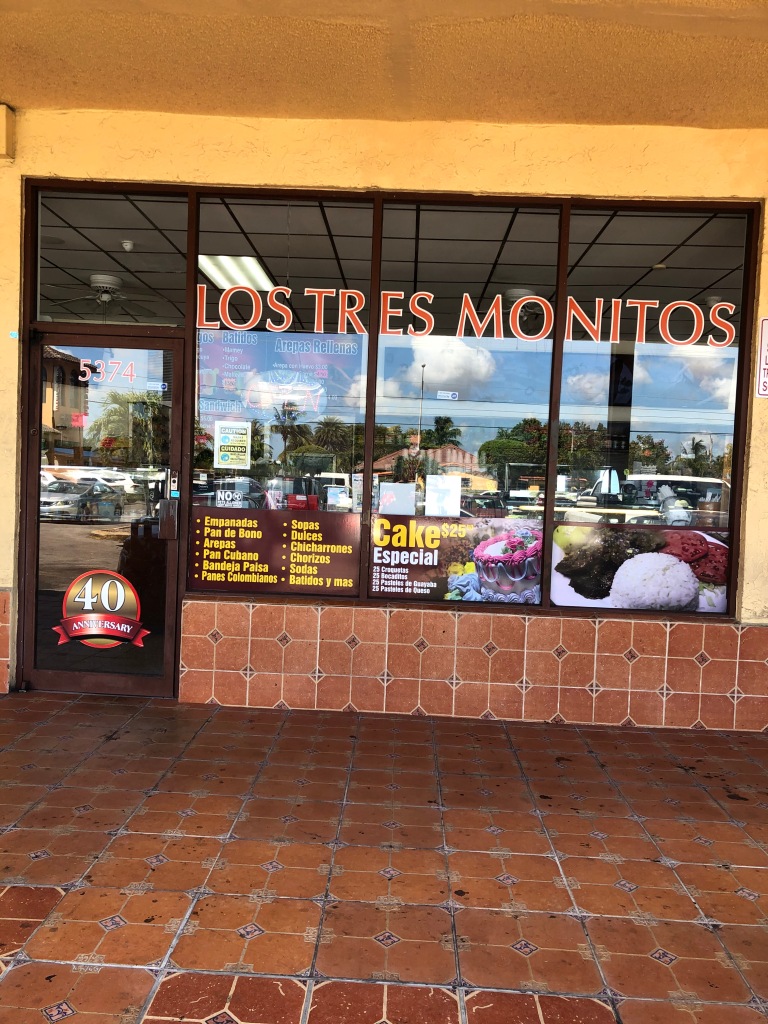
Los Tres Monitos translates to “the three monkeys” in English from Spanish. This is an authentic Colombian bakery that was founded in 1979. It is one of the first and oldest Colombian bakeries in Hialeah. The reason why the bakery is called “Los Tres Monitos” is because it was originally founded by three Colombian brothers. The original family opened the bakery because they wanted to share their traditional Colombian pastries and treats with the community. Like the Cubans, many Colombians fled their homeland because of political reasons and to escape the violence and crime occurring as a result of the drug cartels.
After having owned the bakery for 27 years, the original family finally sold the bakery several years ago to a Colombian man in order to retire. The new owner has to uphold the same quality of food and service that was originally brought by the three brothers.
I tried a “pan de bono”, a typical Colombian bread that is primarily made of the cassava root and cheese. I was able to pan de bono which was pretty good. It is safe to assume many people also find the baked goods to be delicious considering they were almost sold out on most of their breads and pastries.
S & N Vegetable
S & N Vegetables is a little hole-in-the-wall or “ventanita” styled cafe located in Hialeah. Ventanita comes from the word “ventana” in Spanish meaning window. The concept for these styled cafes is where people can get down and quickly order without having to enter the establishment. S & N Vegetables was founded in 1982 and is still currently owned and operated by the Alvisa family. Like Adriana’s family, the young woman that I interviewed, the Alvisa family came to Hialeah on the Mariel boatlift escaping their oppressive political regimes. After arriving, the Alvisa family began selling fruits and vegetables at the local Hialeah flea market until they saved up $1800 dollars to begin their business venture. The family created a successful establishment that has allowed them to serve Hialeah’s local community for over 30 years!
S & N Vegetables has created itself quite an iconic reputation for selling the freshest juices and shakes because is known as “El Mejor Batido de Hialeah” meaning “Hialeah’s best shakes”. All the local Hialeah residents seem to agree because when I entered the cafe to order my own shake, every single person had at least one shake in their hands (I am quite literally not exaggerating).
I ordered their best seller shake, “batido de Mamey”, and it was by far the best shake I have had in a long time! The only real competition I feel S & N Vegetables has in regard to shakes is Robert Is Here Fruit Stand, located in Homestead. Nevertheless, I would recommend to everyone that they try at least a shake from S & N Vegetables because the shake was very affordable, and the freshness and quality is unlike any other.
Businesses
Morro Castle
Morro Castle is one of the oldest establishments that is still open today and is currently ran by the same original owners. I had the privilege of meeting and speaking to the owner of Morro Castle and learned a lot about the history of Hialeah and his personal establishment.
The owner came from Cuban with his brothers because their business was being halted from the corruption and socialist political system. They left everything behind and took their previous experience to start fresh and attempt at opening new businesses in the States. They officially opened several establishments during the early 60s and their business ventures were rendering to be quite successful. Unfortunately, the other brothers ended up selling their establishments and this is the only one remaining from their family. Nevertheless, he takes pride in serving the community authentic Cuban food at affordable prices.
I asked him why he chose to name the restaurant Morro Castle, and he replied that it is one of the most beautiful and remarkable landmarks in Cuba with a lot of rich history. He further explained that many Cubans love the Morro Castle and he wanted to give the locals a beautiful reminder of their homeland which they cherish deeply.
I tried the “frita” which is a typical Cuban dish that is similar to an American hamburger. The frita is Cuban-styled burger that can be made with ground beef patty, pork, chorizo, or a combination of the three. The frita also differs from traditional American burgers because it has sautéed onions and is topped with the signature shoestring potato fries. That is the reason why it is called frita, which means fried in Spanish, is because of the shoestring potatoes fries. This really differentiates it from a traditional burger and gives it its iconic taste like no other.
Ñooo Que Barato
Ñooo Que Barato loosely translates to English from Spanish as”No way, so cheap”. The reason for this is because Ñooo Que Barato literally sells anything you can possibly fathom at ridiculously low prices. This small owned shop is located in a warehouse corner on W 23rd St and W 12th Ave. The Blanco family opened this store in 1996 and still currently own and operate it.
In 1967, Mr. Serafin Blanco came to this country alone at the age of 16 and began working in a textile factory. While working in the factory, he observed the growing Cuban community in Hialeah and wondered why nobody was making clothes for these people. He saved money and in 1992 he opened a little store that was tailored specifically for the Cuban community. Only a couple of years after opening his small store, the “Balsero” crisis broke out, which essentially the largest emigration of Cubans fleeing their country and arriving to the United States. With this surge of Cuban immigrants, Mr. Blanco seized the opportunity and saw the potential for an expansion on his small store. That is when he finally opened Ñooo Que Barato which is now an iconic establishment within the local Hialeah community.
La Viña Aragon
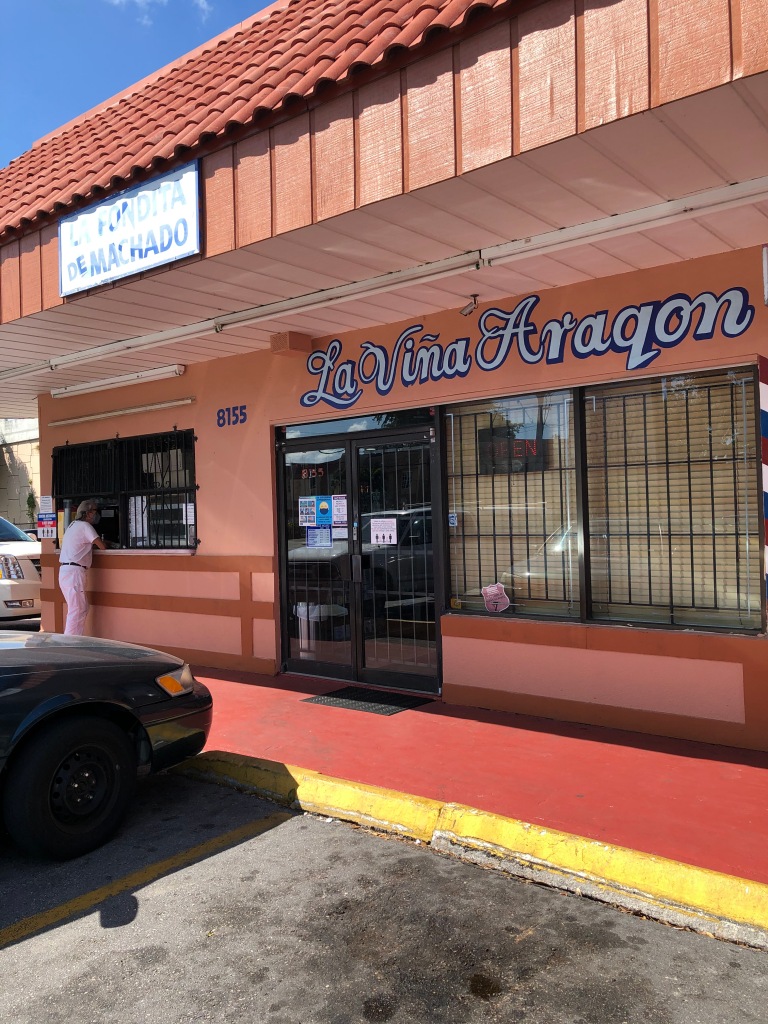
La Viña Aragon, like many of the other small business in Hialeah, was founded in the early 80’s since the Cuban owners came via the Mariel boatlift. It is currently still owned by the same family and specialize in serving authentic Cuban homestyle food. The restaurant has a lot of similarities with the other small owned businesses in the area because of their “ventanita”, classic cuban dishes, and taking cash as their form only of payment. The restaurant is located on the corner of W 8th Ave and 81st St. The little restaurant can be easily missed because it is tucked away in a little local shopping center, but to the local residents, this cafe stands out from the crowd. Some of the regular locals argue that La Viña Aragon sell the best “pan con vaca frita” or “pan con bistec” sandwiches in all of Hialeah. These typical Cuban sandwiches consist of either shredded meat or a beef steak in between a piece of Cuban bread that is generous smeared with mayo and topped with potato sticks, lettuce, and tomatoes.
I ordered their last piece of fried pork belly or “chicharron” which I found to be absolutely delicious. The meat was soft and tender and gave me very Homestyle cuisine vibes. While I was observing the indoor portion of the cafe, I happened to notice that nearly everyone was eating some form of sandwich accompanied with either a “Cafecito” or fresh juice. One of the last things that I was able to appreciate and admire was the college degree that was hung proudly at the entrance of their establishment. Though the owners fled their homeland and did not arrive to Hialeah with much, they have been able to get an education and start a very successful business with a lot of hard work and determination.
Summary
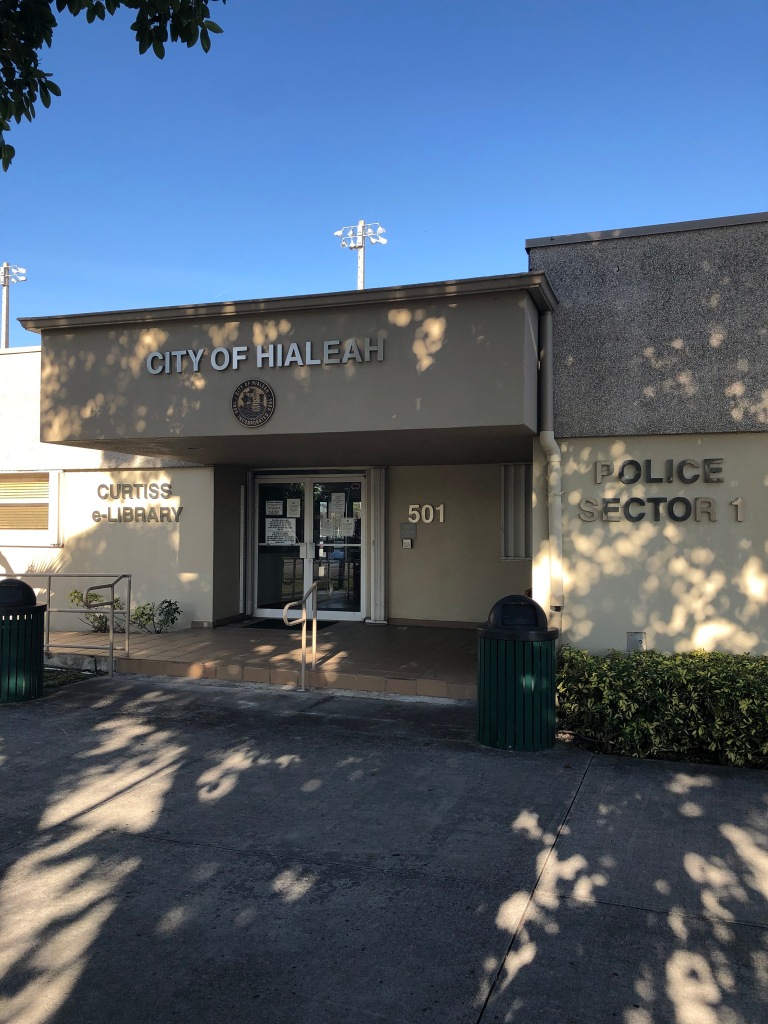
Hialeah is a neighborhood that is definitely underrated and overlooked. Though it may appear to be dominated by the Cuban culture, there is a wide array of other cultures that come together to give it that sense of “Latin community”. Nevertheless, it is important to recognize those brave Cubans who chose to flee their country and start a new here in Miami because they are the reason why Hialeah has been able to flourish into the beautiful city that it is today. I was pleasantly surprised to find a neighborhood that is flooded with so many small and family-owned businesses. I think this is one of the main reasons why Hialeah has such a strong sense of community and why all the residents are helpful and friendly. Though Miami is known for the outrageous parties on the beach and the boisterous nightclubs, it is also home to many immigrants who helped shape and cultivate this city to be accepting of all the different cultures and ethnicities.
Citations
https://hialeahparkcasino.com/about/history
https://www.facebook.com/hialeahlove1925/?ref=page_internal
https://en.wikipedia.org/wiki/Joseph_E._Widener
https://statisticalatlas.com/county-subdivision/Florida/Miami-Dade-County/Hialeah/Race-and-Ethnicity
https://www.point2homes.com/US/Neighborhood/FL/Hialeah-Demographics.html

